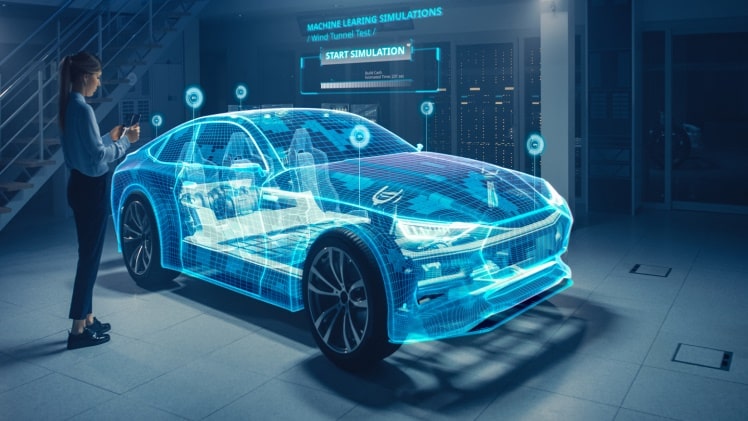5G technology is the next generation of mobile connectivity that promises faster data transfer speeds, lower latency, and greater network capacity than the previous generations of mobile technology. It is set to revolutionize the way we communicate, work, and live, and will have a significant impact on a wide range of industries, including healthcare, transportation, and entertainment kpop pantip.
What is 5G Technology?
5G technology is the fifth generation of mobile connectivity, following on from 4G, 3G, and 2G. It is designed to deliver faster data transfer speeds, lower latency, and greater network capacity than previous generations of mobile technology. 5G uses a combination of different technologies, including millimeter-wave (mmWave) frequencies, small cell networks, and advanced antenna technologies, to deliver these benefits monadesa.
Benefits of 5G Technology
- Faster Data Transfer Speeds: 5G technology promises to deliver data transfer speeds that are up to 100 times faster than 4G. This means that users can download large files, stream high-quality video, and use data-intensive applications much more quickly and efficiently.
- Lower Latency: 5G technology has lower latency than previous generations of mobile connectivity, which means that data can be transmitted more quickly and with less delay. This is particularly important for applications that require real-time responsiveness, such as remote surgery or autonomous vehicles nobedly.
- Greater Network Capacity: 5G technology has greater network capacity than previous generations of mobile connectivity, which means that more devices can be connected to the network at the same time without experiencing slowdowns or delays. This is important as the number of internet-connected devices continues to grow.
- Enhanced Reliability: 5G technology is more reliable than previous generations of mobile connectivity, which means that there is less risk of dropped calls or lost connections. This is important for applications such as telemedicine or remote monitoring, where a reliable connection is essential respill.
- New Possibilities: 5G technology will enable new possibilities for innovation and creativity in a wide range of industries, including healthcare, transportation, and entertainment. For example, 5G could enable real-time remote surgery, connected and autonomous vehicles, or immersive virtual reality experiences blazeview.
Potential Applications of 5G Technology
- Healthcare: 5G technology has the potential to revolutionize healthcare by enabling remote monitoring, telemedicine, and real-time remote surgery. This could improve access to healthcare in remote or underserved areas, as well as reduce healthcare costs and improve patient outcomes.
- Transportation: 5G technology could enable connected and autonomous vehicles, which could reduce traffic congestion, improve safety, and reduce the environmental impact of transportation. 5G could also enable real-time traffic management and navigation systems.
- Entertainment: 5G technology could enable immersive and interactive entertainment experiences, such as virtual reality, augmented reality, and live streaming of high-quality video content.
- Smart Cities: 5G technology could enable smart city applications, such as real-time traffic management, energy management, and environmental monitoring. This could improve the quality of life for city residents, as well as reduce energy consumption and environmental impact.
- Industrial Applications: 5G technology could enable advanced industrial applications, such as remote monitoring and control of industrial processes, predictive maintenance, and real-time supply chain management. This could improve efficiency, reduce costs, and improve productivity in a wide range of industries.
Limitations of 5G Technology
- Infrastructure: 5G technology requires a significant investment in infrastructure, including the installation of small cell networks and advanced antenna technologies. This could be a barrier to adoption in some areas, particularly in rural or remote areas.
- Cost: The cost of developing and implementing 5G technology is high, and this could limit adoption in some industries

